Our cats have subtle ways of communicating their affection towards us, and one of them is through their tails. According to animal behaviorist Marilyn Krieger, a curved tail puffed up at the base and quivering slightly is a clear sign of love from your cat.
Another way cats show affection is by twining their tails around an arm or leg of their favorite human, akin to holding hands.
While we may not have the same anatomy to reciprocate these signs of affection, there are other feline love cues that we can emulate to show our cats we care.
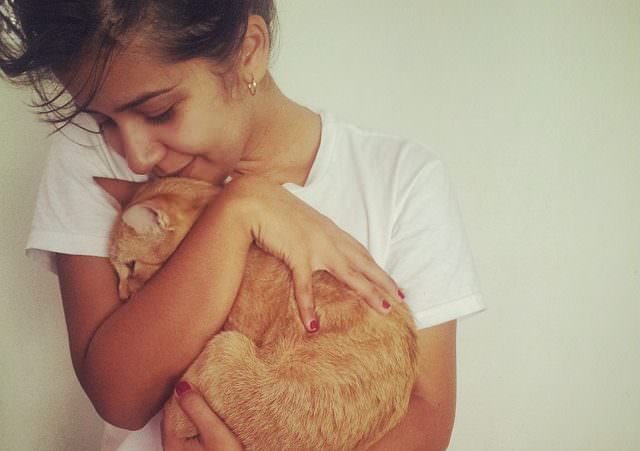
Credit: Shutterstock
Half Closed Eyes/ Slow Blinking
Popular cat behaviorist Jackson Galaxy often uses slow blinking to establish trust with fearful cats on his show, My Cat From Hell. You can replicate this technique in your daily interactions with your cat to express love and connection.
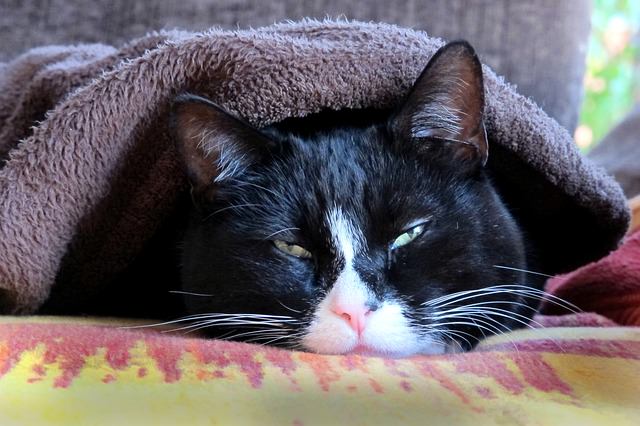
Credit: Shutterstock
Krieger describes these slow blinks as “cat kisses,” and your cat will appreciate the gesture of mirroring this behavior. Take a moment to match your cat’s affectionate gaze and sleepy lids when she’s by your side.
Scent Mingling
Curious if a cat is open to befriending you? Krieger suggests extending an index finger at nose level. If the cat touches her nose to your finger and then rubs her cheeks along your hand, it signifies a bond of friendship and trust.
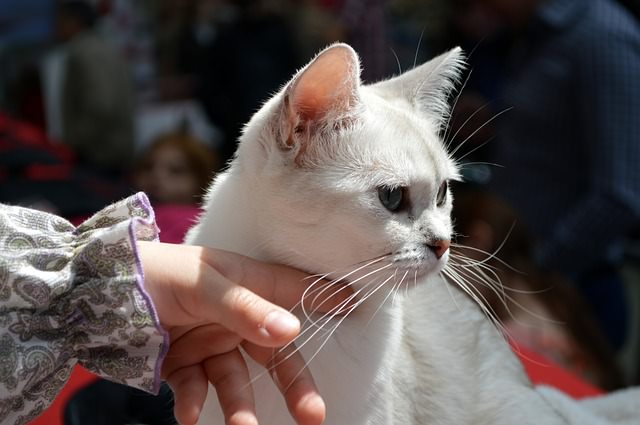
Credit: Shutterstock
You can initiate this practice at home with your cats to communicate in a language they understand. By giving them the choice to engage or not, you show respect for their preferences.
Head Butts
A delightful display of cat affection is the head bonk, where a cat purrs and gently bumps their head against yours. This gesture signifies trust, affection, and a sense of ownership over you as their human.
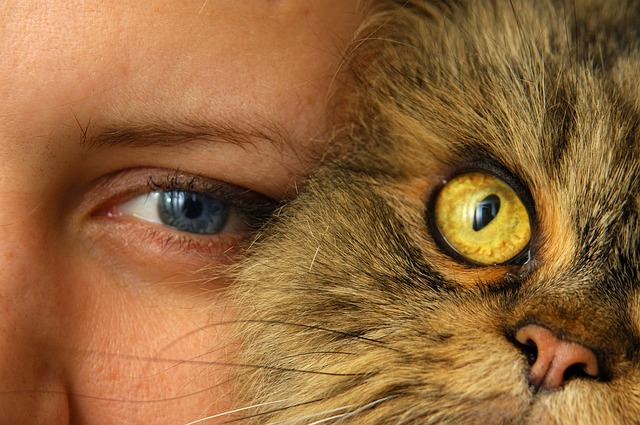
Credit: Shutterstock
While Krieger doesn’t suggest initiating head butts, responding positively when your cat initiates this behavior is a way to reciprocate their affection. Lean into the head bonk and let your faces rub together, showing your mutual feelings.
Vocal Cues
Recent studies have revealed that feline vocalizations are more varied and complex than we realize. Domestic cats, in particular, use vocalizations to communicate with humans, showcasing a desire for interaction.
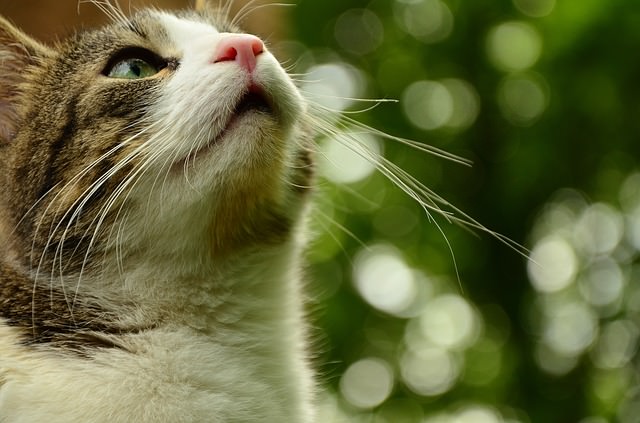
Credit: Shutterstock
Cats have unique sounds like mews, purrs, chirps, and chortles reserved for those they hold dear. When your cat engages in vocalizations, try mimicking the pitch and tone to reassure them of your care and safety.
Grooming
While less common, some cats may attempt to groom their humans as they would a feline companion. Accept this grooming as a significant display of affection, even if it involves a rough tongue!

Credit: Shutterstock
If you’re not keen on being licked by your cat, a gentle wipe with a warm damp cloth or a soft brush along their head and back can evoke feelings of maternal grooming and affection.
text in a clearer way:
Rewrite the text to make it easier to understand:
Sure! Just let me know what the text is and I can help you rewrite it for better clarity.

